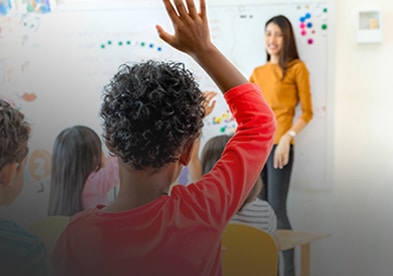How Do You Monitor Student Learning? (Implement This Today)
August 15, 2017 March 28, 2020
How is student learning monitored for flexibility and connections to real life?
Monitoring student learning is an ongoing challenge. Students can complete an assignment, but still not be flexible with their learning. They have trouble making connections or explaining a task in a different way other than the examples you have used. For example:
- When asked how to identify the main idea of a fiction text, students often find it easy to use the important details to complete the task, but when asked to summarize nonfiction text, they want to include every detail in their summary. Students have not made the connection from main idea and details in fiction to nonfiction text or written summaries.
- In math, a teacher may ask a student to explain how to solve a word problem in another way, only to find that the student can only explain it with examples the teacher used.
Students also have trouble making real life connections from what has been learned to how to use it in their real life. This is all part of monitoring learning. Teachers usually monitor if students get it or not, but sometimes do not check for student flexibility and transferring connections.
One Simple Idea You Can Implement Immediately
How do you monitor student learning? Here is one idea you can implement immediately. I recently visited a school in Florida and was very pleased to see a small poster in every room with questions that held students accountable for their learning! The questions were:
- What are you learning?
- Why is it important?
- How can you use this in your real life?
How Principals and Administrators Monitor Student Learning
In this schools, administrators ask these questions during walkthroughs, while students are moving throughout the building, in the cafeteria, and any other time of the day when they get the chance to talk with students to monitor their learning. Teachers ask these questions during whole group instruction, flexible grouping, while students are working on assignments, and any other time of the day. They use this information as ongoing data for monitoring instruction as well as results for quality instruction. The end result is teachers teach and students learn!
